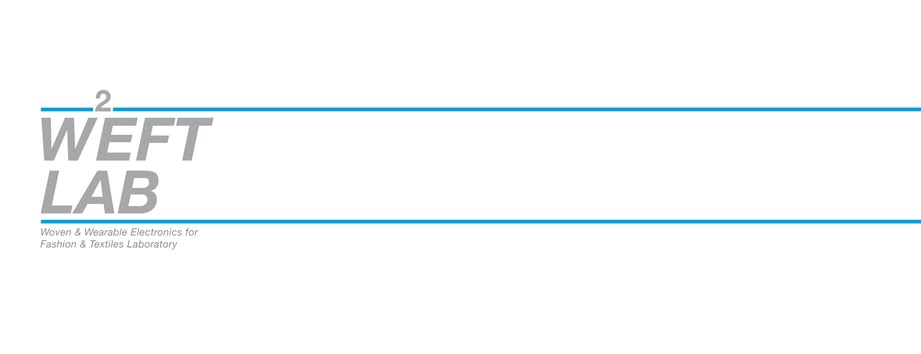 |
| Polyphonic Playground in Ventura Lambrate, Milan, Italy. Photo credit: Carlos Jiménez |
Weft Lab was approached by Fashion SpaceGallery (London College of Fashion) for some e-textile work of the second iteration of a commissioned project
with Studio PSK, titled the ‘Polyphonic Playground’. This project was a site specific
interactive music/ sound installation, to enable adults to rediscover the experience
of play, similar to the memories evoked from the joy of childhood playground
activities. The project enabled a collaboration between design, music and textiles for an immersive interactive experience.
The Polyphonic Playground was first debuted in Assemble Miami 2014, and was a huge
success. The second iteration of the project was for
Ventura Lambrate, Milan in April 2015, where this version was adapted with
integrated woven e-textiles made by Weft Lab (Dr Priti Veja). Working closely with Studio PSK and Fashion Space
Gallery, two integrated hand woven e-textile sensors were developed. The
sensors were positioned onto the outer side panels of the interactive swings, enabling musical outputs when activated by participants touching the sensor.
The project is making a third appearance during the London Design Festival 2015, 23rd -27th September, at LCF
Mare Street with a series of LAB events – more information can be found here.
 |
| Woven e-textile sensor being woven on the automated hand loom |
The process of making the woven e-textile
sensors were mapped to specific designs agreed with Studio PSK and Fashion
Space Gallery. The process involved developing a specific warp design to enable
interwoven connections of conductive yarns during the woven process.
...










